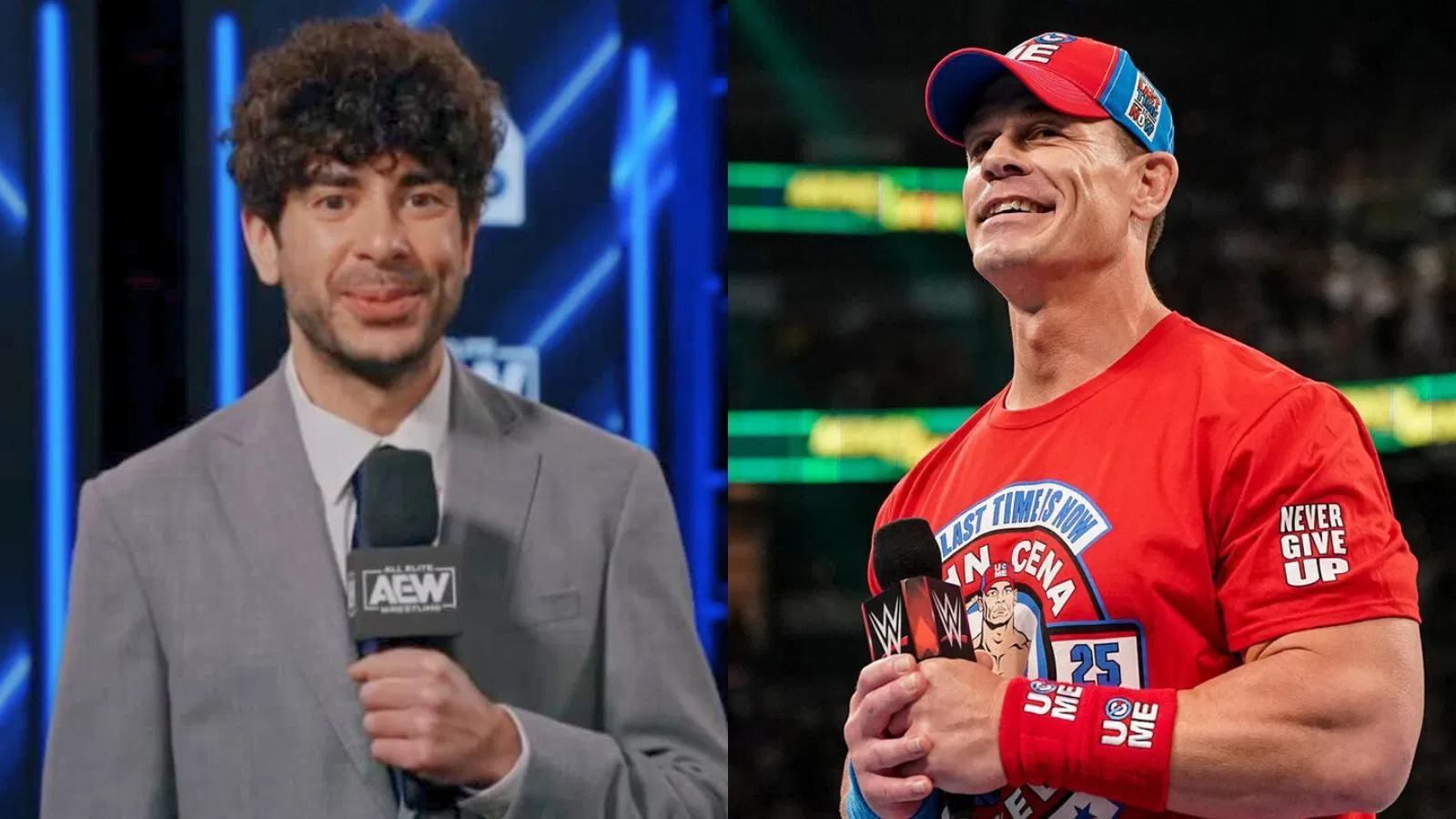Copyright Yardbarker

I've spent seventeen years as a PGA Professional and Coach, and nearly three decades working in this game. In that time, I've watched Tiger Woods do things nobody thought possible. I'm not analyzing from a distance here. I'm a fan. I was at Augusta in 2019 on that Sunday. I was there again in 2022, fourteen months after the car accident, watching him grimace with every step yet refuse to quit. The day I moved to Florida in 1996 from upstate NY to start my golf career was the day of Tiger's infamous "Hello World" press conference. I watched as I unpacked my suitcases at my new apartment in Orlando. I have been a fan from the beginning. Now, after his seventh back surgery (a lumbar disc replacement at L4-L5 in October 2025), we're left wondering: what's next for the greatest golfer of our generation? The answer isn't simple. Let's explore three scenarios. The Best Case: One More Miracle In the dream scenario, everything goes right. The artificial disc at L4-L5 integrates perfectly. His Achilles tendon, repaired in March 2025, heals completely. Even the fused ankle from the 2021 accident adapts through countless hours of physical therapy. By late 2026 or early 2027, Tiger returns to competitive golf. Not ceremonial appearances but legitimate competition. He plays maybe eight to ten carefully selected events per year: the majors, the Genesis Invitational, the Memorial, the Players. And he doesn't just compete. He contends. Maybe he finds himself on a Sunday afternoon at a major with the roars returning and the red shirt on. Maybe, impossibly, he captures one more major championship. A 16th major would be the greatest victory in golf history. A man with seven back surgeries, five knee surgeries, two Achilles procedures, and a fused ankle winning a major would transcend sport entirely. It would be a testament to human will that future generations would struggle to believe. He could reach 90 PGA Tour victories, surpassing Sam Snead's 82. He could play into his early fifties, transitioning gradually into mentoring young players while still showing flashes of brilliance. This is the dream. And look, Tiger's earned the benefit of the doubt. He won the U.S. Open on a broken leg and torn ACL. He won the Masters after spinal fusion. He competed at Augusta just fourteen months after nearly losing his leg. But let's be honest. This requires everything to go perfectly. Every surgery healing flawlessly. His body cooperating in ways it hasn't in over a decade. The odds are very, very long. The Worst Case: When the Body Finally Says No The nightmare scenario is one none of us wants to contemplate, but it's possible. The disc replacement provides some relief, but not enough. The disc above it (L3-L4) starts deteriorating. His Achilles never fully recovers. The explosive power doesn't return. The fused ankle becomes increasingly problematic. Walking 72 holes on championship courses proves impossible. Complications arise — infections, nerve damage, chronic pain that won't respond to treatment. The surgeries create new problems instead of fixing old ones. Tiger is forced to announce his retirement by 2027. Not because he wants to, but because his body gives him no choice. Worse, the injuries affect his quality of life beyond golf. Chronic pain becomes his daily companion. Simple activities require conscious effort and pain management. This is where we're left wondering if the cost was too high, where the medical file becomes a cautionary tale about the price of greatness, where Tiger's legacy includes a sobering reminder that bodies have limits, even when the mind refuses to acknowledge them. It's a real possibility. And it's heartbreaking to consider. The Most Likely: Limited Competition and Gradual Transition Reality usually lives between our dreams and fears. Tiger's surgery provides meaningful relief. Not perfect, but manageable. His Achilles heals adequately, though some deficit remains. He learns to compensate with adjusted swing mechanics. The fused ankle remains his biggest limitation. He can compete, but not frequently, and not without significant recovery time. Tiger returns to golf in 2026 or 2027 on an extremely limited schedule — a maximum of four to six events per year. The majors are a priority. Maybe the Genesis Invitational for his foundation. Perhaps the Hero World Challenge. He doesn't contend regularly. Most weeks, he makes the cut but finishes mid-pack. His driving distance has decreased. His stamina wanes. But occasionally (maybe once or twice a year) everything clicks. He finds himself on the first page of the leaderboard on Sunday. He doesn't win another major. Limited playing time, reduced physical capabilities, and the depth of modern talent make it too difficult. But he has moments. A top-ten at Augusta. A run at the PGA where he's in contention through 54 holes. Flashes that remind us why we loved watching him. Tiger reaches his early fifties still making occasional major appearances. The galleries remain enormous. Television ratings spike. But the frequency declines. By 2030, he's playing two or three events per year. He transitions gradually into other roles. His course design business expands. He becomes more involved with the PGA Tour's direction. His foundation grows. He mentors young players. Tiger never officially retires. There's no press conference, no farewell tour. He just plays less frequently until eventually, he doesn't play at all. His last competitive round happens without fanfare. Maybe a missed cut at the Masters. We don't realize it's his last round until months later. This scenario lacks drama, but it's realistic. It acknowledges both Tiger's extraordinary determination and his body's real limitations. It's consistent with everything we know about him: he won't quit until his body absolutely forces him to, but he's pragmatic enough to recognize when the cost exceeds the benefit. This middle path is where Tiger's future most likely leads. Why We Should Appreciate Tiger, No Matter What That roar at Augusta in 2019 as he made his way up eighteen? Unlike anything I'd experienced in thirty years around golf. It wasn't just about golf. It was about human resilience. Watching him in 2022, fourteen months after nearly losing his leg, navigate those hills and finish four rounds? That might have been more impressive than the 2019 victory. Every step was a battle. Tiger changed everything. Before him, fitness in golf meant walking the course. Tiger treated golf like an athletic sport. Every player on tour today benefits from that transformation. He brought golf to people who had never seen themselves in it. Kids from backgrounds country clubs historically ignored picked up clubs because of Tiger. I've coached for seventeen years. That shift was real and lasting. Prize purses increased. Television ratings spiked. Every player benefited financially from his presence. The economic impact cannot be overstated. Tiger made golf matter to people who didn't care about golf. He became famous in a way golfers don't usually become famous. He transcended the game. His 15 majors and 82 PGA Tour victories speak for themselves. But the numbers don't capture the 2008 U.S. Open on a broken leg, the 2019 Masters after spinal fusion, the 2022 Masters after nearly losing his leg. The medical journey tells a story of extraordinary suffering and unwavering determination: seven back surgeries, five knee surgeries, two Achilles procedures and emergency surgery after a near-fatal accident. Tiger's refusal to quit speaks to resilience most of us will never understand. There won't be another Tiger Woods. Not in our lifetimes. We were fortunate to witness it. Whatever happens next (whether he wins another major, plays a few more years, or retires sooner than we'd like), his legacy is complete. His place in history is settled. A Final Thought Tiger has made a career out of proving people wrong. When doctors said he'd never play again after spinal fusion, he won the Masters. When medical experts questioned whether he'd walk normally after the car accident, he competed at Augusta fourteen months later. So while the most likely scenario suggests gradual decline and limited competition, I wouldn't bet against him surprising us one more time. That's what he does. As a fan who's witnessed some of his greatest moments in person, I'm grateful for what we've already experienced. If we get more (a few competitive rounds, another Sunday in contention, one more impossible moment), that's a gift. But even if we don't, what he's given to golf is immeasurable. The man has seven back surgeries, five knee surgeries, and a fused ankle. He's 49 years old. His body has been rebuilt piece by piece. Yet he keeps trying to compete. Whatever comes next is extra. An epilogue written by someone who wouldn't let anyone else hold the pen. He never surrendered. He never accepted other people's limitations. He kept writing his own story, even when the ending seemed obvious to everyone else. As fans, we should be grateful we got to watch it unfold.



